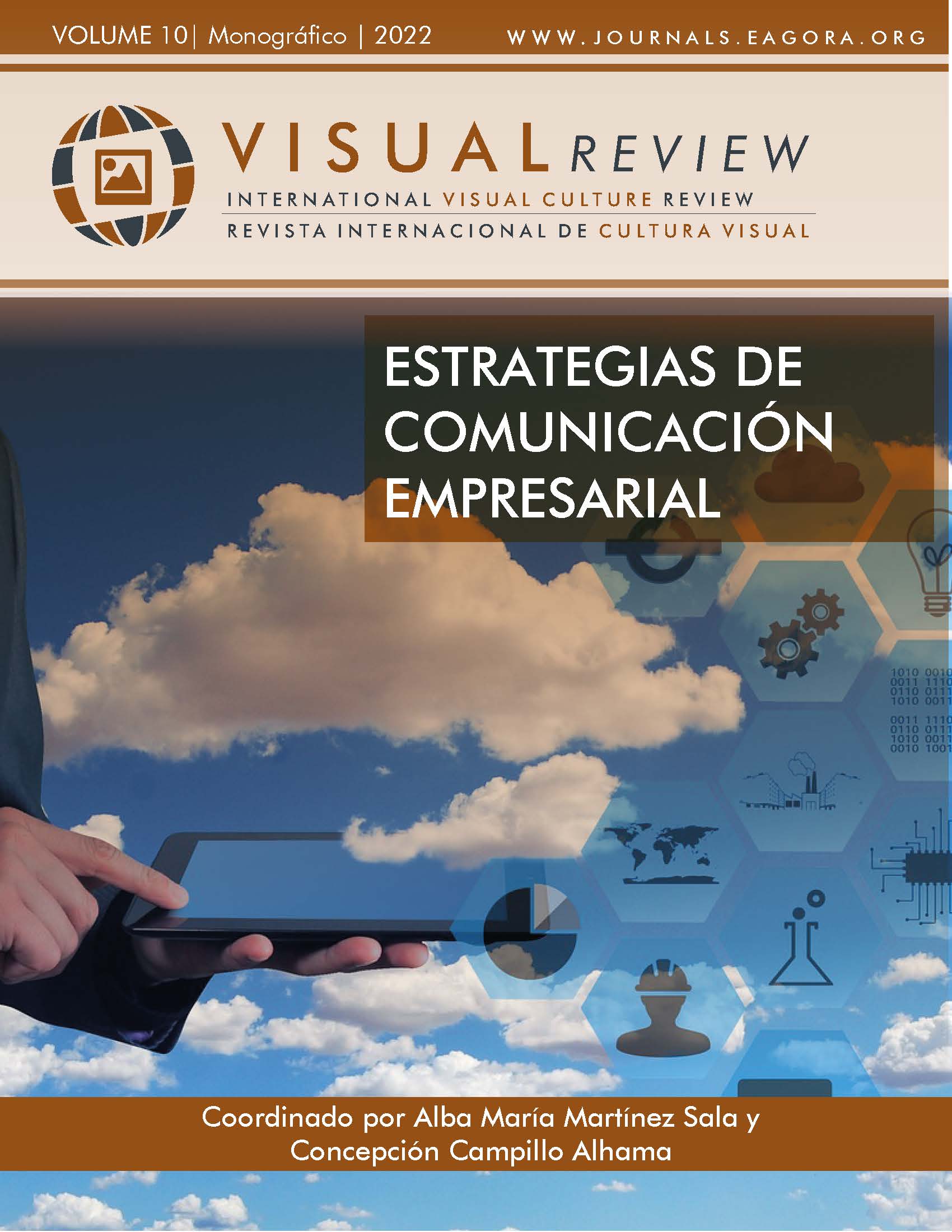Determining Factors of the Store Sector for the Management of its Competitiveness
DOI:
https://doi.org/10.37467/revvisual.v9.3613Keywords:
Shopkeepers, Competitiveness, Stores, Informality, Low-cost stores, Strategies, PandemicAbstract
In the 90s, some experts predicted the disappearance of neighborhood stores in Colombia, before the arrival of several chain stores, but they were wrong. The objectives of the research are based on the analysis of the dynamics, the impact of the new merchandise formats, implementation of strategies in determining factors for the management of its competitiveness in the grocer sector. The shopkeeper sector is mostly informal. In the pandemic they implemented strategies. It has not been affected by the arrival of low-cost stores due to the good prices and treatment of the shopkeepers.
Downloads
Global Statistics ℹ️
|
498
Views
|
667
Downloads
|
|
1165
Total
|
|
References
Álvarez, G. (2011, 11 de diciembre). Tiendas de barrio siguen siendo protagonistas en la economía. PORTAFOLIO. [en línea]. http://www.portafolio.co/negocios/empresas/tiendas-barrio-siguen-siendo-protagonistaseconomia-140768
Arenales, C., Sanabria, D., & Sánchez, T. (2020). Caracterización de la Informalidad Empresarial de los Tenderos del Barrio Campo Hermoso en la Ciudad de Bucaramanga año 2020.
Avellaneda, A., Higuera, Á., & Reyes, B. (2017). Asociatividad Como Base del Crecimiento del Comercio Minorista. (U. d. Salle, Ed.) Bogotá. Obtenido de http://repository.lasalle.edu.co/bitstream/handle/10185/21682/11112278_2017.pdf?sequence=1
Cámara de Comercio Casanare. (2014). Caracterización de la tienda de barrio proyecto tenderos “El tendero del año”. Gerencia de competitividad. Colombia. https://fdocuments.mx/document/caracterizacion-de-la-tienda-de-barrio-proyecto-n-de-la-tienda-caracterizacion.html?page=1.
DANE (2021). Encuesta de Micro establecimientos. Boletín técnico. https://www.dane.gov.co/index.php/estadisticas-por-tema/industria/microestablecimientos
DANE (2022). Empleo informal y seguridad social. https://www.dane.gov.co/index.php/estadisticas-por-tema/mercado-laboral/empleo-informal-y-seguridad-social.
FENALCO (2020). 66% de los antioqueños realizan compras en la tienda de barrio entre 1 y 3 veces a la semana. https://www.fenalcoantioquia.com/blog/66-de-los-antioquenos-realizan-compras-en-la-tienda-de-barrio-entre-1-y-3-veces-a-la-semana/
Giraldo, J. Briceño, C., & Ramírez C. (2009). Impacto de la entrada de las grandes superficies. Revista Colombiana de Marketing, p. 7-27. https://www.redalyc.org/pdf/109/10926778003.pdf
Grupo BIT. (2017). Capacitar a los tenderos, una clave para volver competitivas las tiendas de barrio. http://grupobit-net.blogspot.com/2017/10/capacitar-los-tenderos-una-clave-para.html
Hernández, R., Fernández, C., & Baptista, P. (2010). Metodología de la Investigación. Editorial Mc Graw Hill.
ILACAD World Retail (2017). Mapa del Retail Colombia 2016. https://www.ilacad.com/home.aspx?idmenu=3
La tienda no se rinde. (2003, 27 de junio). Revista Dinero. https://www.dinero.com/edicion-impresa/negocios/articulo/la-tienda-rinde/6238
Lorduy, J. (2019). Tiendas de barrio, el canal tradicional que se sigue reinventando. La Republica. https://www.larepublica.co/consumo/tiendas-de-barrio-el-canal-tradicional-que-se-sigue-reinventando-2899909
Páramo, D. (2012). El tendero tradicional colombiano, un estratega al natural. https://core.ac.uk/download/pdf/236397877.pdf
Puentes, D. (4 mayo de 2017). ¿Formato de venta de ‘Justo y Bueno’ acabará con las tiendas de barrio de Bucaramanga? (V. Liberal, Ed.) Vanguardia, p. 1-3. https://www.vanguardia.com/economia/local/formato-de-venta-de-justo-y-bueno-acabara-con-las-tiendas-de-barrio-de-bucaramanga-JQVL396609
Ramírez, O., & Pachón, A. (2004). Una forma para entender la ciudad. Relaciones sociales y prácticas culturales en tres escenarios de mercado. Universidad Sur colombiana. Neiva.
Rivas, D. (2016). Formatos comerciales. http://populardidrivas.blogspot.com/2016/03/actividad-3.html
Rivera, S. (2018). Afectación de la competitividad de las tiendas de barrio en Usaquén debido a los formatos hard discount. https://repository.cesa.edu.co/bitstream/handle/10726/2068/ADM2018-00860.pdf?sequence=5&isAllowed=y
Rodríguez, J. (2021). Influencia de la publicidad digital basada en WhatsApp Marketing en el nivel de
satisfacción para el fortalecimiento de la fidelización de clientes de las tiendas de barrio de la
localidad de Chapinero. https://repository.javeriana.edu.co/bitstream/handle/10554/58913/Camila%20Andrea%20Parada%20Tuta%20-%20Trabajo%20de%20Grado.pdf?sequence=3&isAllowed=y
Ruiz, L. (2018). Tenderos a reinventarse para enfrentar la competencia. Vanguardia. https://www.vanguardia.com/economia/local/tenderos-a-reinventarse-para-enfrentar-la-competencia-FBVL443402
Ruiz, L. (2018). Tiendas de barrio, a enfrentar cambio de los consumidores. Vanguardia. https://www.vanguardia.com/economia/nacional/tiendas-de-barrio-a-enfrentar-cambio-de-los-consumidores-fbvl440665.
Servinformación, (2018). Censo de establecimientos comerciales ¿Sabes dónde están ubicados tus clientes y tu competencia? https://servinformacion.com/soluciones-servinformacion/localizacion-inteligente/infocomercio-censo-de-establecimientos/
Torres, Y. (2018). Impacto de la mercadería Justo y Bueno en las tiendas de barrio del municipio de San Alberto Cesar. https://es.scribd.com/document/475048903/31045
Downloads
Published
How to Cite
Issue
Section
License
Those authors who publish in this journal accept the following terms:
-
Authors retain copyright.
-
Authors transfer to the journal the right of first publication. The journal also owns the publishing rights.
-
All published contents are governed by an Attribution-NoDerivatives 4.0 International License.
Access the informative version and legal text of the license. By virtue of this, third parties are allowed to use what is published as long as they mention the authorship of the work and the first publication in this journal. If you transform the material, you may not distribute the modified work. -
Authors may make other independent and additional contractual arrangements for non-exclusive distribution of the version of the article published in this journal (e.g., inclusion in an institutional repository or publication in a book) as long as they clearly indicate that the work was first published in this journal.
- Authors are allowed and recommended to publish their work on the Internet (for example on institutional and personal websites), following the publication of, and referencing the journal, as this could lead to constructive exchanges and a more extensive and quick circulation of published works (see The Effect of Open Access).













